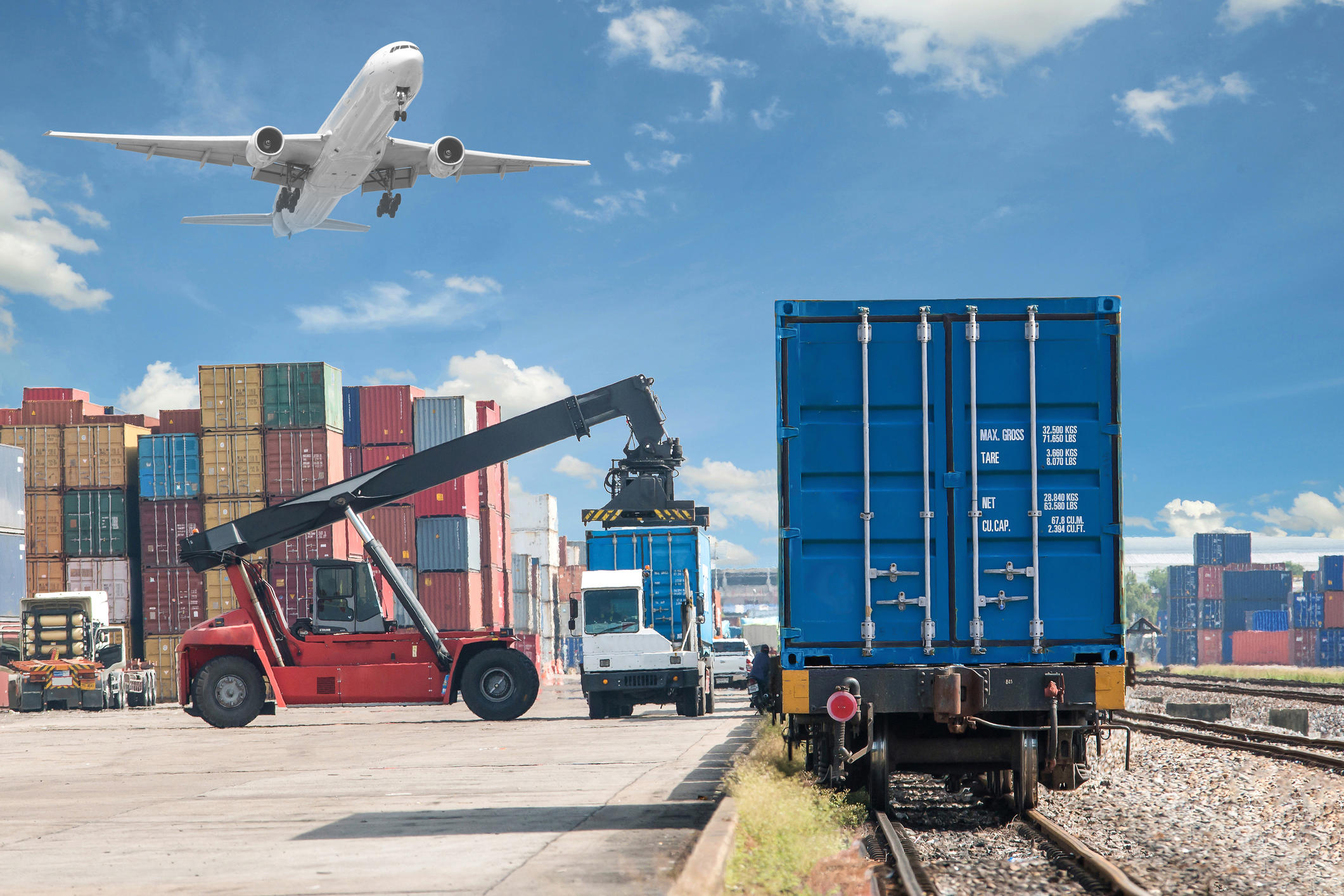Industry insights on skills needs
The Maritime IRC’s 2019 Skills Forecast identifies the top priority skills for the Maritime workforce in the next three to five years as:
- Health and safety
- Operational skills
- Digital literacy
- Risk management.
The top five generic skills in order of importance are listed as:
- Managerial / Leadership
- Learning agility / Information literacy / Intellectual autonomy and self-management (adaptability)
- Design mindset / Thinking critically / System thinking / Solving problems
- Communication / Virtual collaboration / Social intelligence
- Technology.
The top priority industry and occupation skills include navigation and vessel handling.
Furthermore, the Maritime IRC’s 2019 Skills Forecast states over 78% of employers in the Maritime sector reported experiencing a skills shortage during the last 12 months. Shortages were reported in the following occupations:
- Small vessel (<35m) masters
- Engineers (various)
- Marine engine drivers
- Deckhands
- Navigation.
Reasons employers indicated for the shortage in order of frequency were:
- Cost/time to achieve the required qualification
- Ageing workforce / current staff retiring
- Wages / salaries considered too low
- Competition from other organisations
- Geographic location of the vacancy.
The Maritime IRC’s 2019 Skills Forecast states new skills will be required due to the development of new technologies and innovations, increasing complexity of communication systems, autonomous vessels and technology-based operational systems. The innovations discussed in the Maritime IRC’s 2019 Skills Forecast include a new Satellite-Based Augmentation System (SBAS), remotely piloted aircraft systems (RPAS), Autonomous Underwater Vehicles (AUV), autonomous container ships and vessels, Dynamic Positioning (DP) systems and e-navigation.
There are two new industry workforce, skills developments or trends that emerged since the release of the Maritime IRC’s 2019 Skills Forecast in the Maritime IRC’s 2020 Skills Forecast (abridged annual update). They relate to new technologies and automation in dredging and maritime operations. Dredging operations ensure shipping channels maintain their declared depth and improve their performance, but the operations must conform to environmental obligations. This requires a highly skilled workforce able to safely perform the required tasks and comply with technical and environmental regulations. The Maritime Industry Reference Committee has submitted a Case for Endorsement and draft Training Package materials to the Australian Industry and Skills Committee (AISC) for consideration at its meeting on 21 July 2021. The project developed a new Dredging Operations Skill Set, one new Unit of Competency and updated one qualification. The developments in information and communications systems in modern navigation will require upskilling the workforce as a priority, particularly in e-navigation and berthing and unberthing.
Building on the industry workforce, skills developments or trends identified in the previous two years, the Maritime IRC’s 2021 Industry Outlook (abridged annual update) highlights four opportunities and challenges for the Maritime industry sector under the categories of safety, automation, digitalisation and navigation, and industry-specific cyber security:
- The Maritime engineering workforce needs to be up skilled in the safe operation, maintenance, repair and replacement of electrical and refrigeration equipment. Industry also requires additional safety requirements to be addressed by seafarers involved in mooring and dredging operations.
- The Australian Maritime Safety Authority (AMSA) has approved the operation of an unmanned surveillance vessel which will still operate in conjunction with human supervision. Australia’s regulatory framework may be applied to autonomous and unmanned vessels, and AMSA is considering a qualifications framework for the operators of these vessels. The workforce will need to be aware of the regulatory framework to ensure compliance and safety, and have the skills and knowledge to operate them.
- There are a growing number of positions available for operators and maintainers of Australian vessels with Dynamic Positioning (DP) systems. DP systems use a vessel’s sensor data to calculate the steering angle and thrust power to offset the environmental factors and keep the vessel on the desired route and position.
- Workforce skills need to be progressively developed to minimise the risk of cyber-attacks and be capable of reinstating digital systems as quickly as possible should a cybersecurity incident occur, including compliance with regulatory requirements.
The Maritime Industry Australia Ltd (MIAL) Pre-budget Submission 2021-22 states that as the world’s largest island nation, Australia requires maritime skills more than most other countries. The submission highlights various issues including a maritime skills shortage that is forecast to be greater than 560 people by 2023, and that the sea service component of maritime certification is unique in that it does not qualify as part of an apprenticeship or traineeship which would attract VET funding, or as part of a university course which would permit HECS-HELP funding. MIAL also proposes the Australian Government fund a strategic fleet of up to 20 vessels which would provide 1800 permanent jobs and training for around 100 seafarers while generating higher tax revenue than the required government subsidy each year.
The Maritime Industry Profile and Ports and Stevedoring Industry Profile by the Logistics & Defence Skills Council in Western Australia reports Master Unlimited (in relation to Harbour Master), Ships Master, Marine Surveyor, Marine Pilots, and Ships Engineer as occupations in high demand, and employers are finding it difficult to replenish the maritime workforce due to limited training pathways or cadetships. There is an ongoing depletion of blue-water Australian flagged ships, and Australian mariners will be required to go overseas to gain the necessary training and experience which will exacerbate skills shortages as it is likely many will not return to Western Australia. The 2021 Skills Priority List includes the Maritime-related occupations of Master Fisher, Ship's Engineer, Ship's Master, Ship's Officer, Marine Surveyor, Deck Hand, and Fishing Hand under occupations not in national shortage, with moderate future demand.

